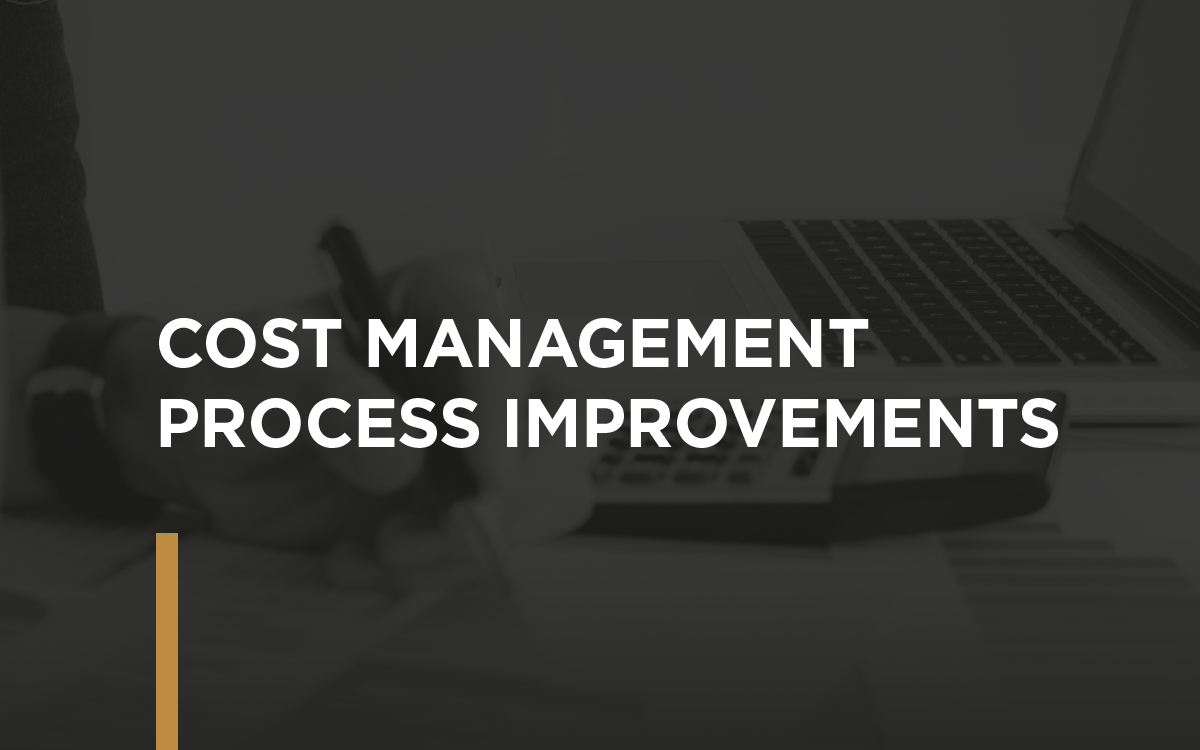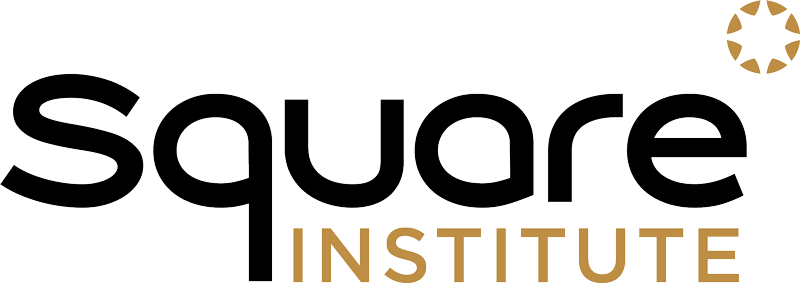Costs management process improvements

The objective was to get an accurate and automated reporting of costs and enabling the analysis of monthly fluctuations by management.
Contexte
For our specific case, initial conversations with key stakeholders revealed that cost reporting and cost control capabilities were in place within the organisation but were found to be less mature when compared with industry leading practices. An obvious problem linked to consistency and data quality was spotted. It was further noted that:
- Cost elements differed in maturity and were highly dependent on the reporting instance,
- Cost elements differed in granularity level,
- Standardisation was present at business unit level but not at organisation level.
Square Management was tasked with:
- Understanding the internal context of the organisation, including the use of current cost-management tools, the stakeholders’ interactions, the needs of the management, and the end-user requirements,
- Designing and implementing a standardised, automated, and reliable reporting solution.
Solution
First of all, and in order to take all the client needs into consideration, the team performed a request framing step. One-to-one workshops and interviews were organised with key stakeholders. Group consultations were also run to ensure a shared and consolidated view of the problem. Also, a first analysis of the current cost reporting tools was done offline and discussed during the ongoing discussions. This enabled Square Management to map the as-is situation and start with shaping the desired to-be situation. It also allowed them to agree on the expected deliverables.
More precisely, the consultations involved the following stakeholders:
- Project sponsor, as an individual,
- Head of finance, as an individual,
- Internal control, as a department,
- Finance, as a department,
- HR, as a department,
- Procurement, as a group,
- Billing, as a group,
- Business controllers, as a group.
The scope of the intervention got refined as a cost efficiency and identification project that would seek to resolve several shortcomings in the reporting process:
- The inaccuracy of bookings against General Ledger (GL) accounts,
- The lack of visibility and follow-up tools on cost fluctuations,
- The low level of automation of the current reporting tool,
- The lack of integration and standardisation of costs across the different departments and cost centres,
- The lack of depth and standardisation in cost granularity.
These issues had to be resolved while ensuring departments end-users were onboarded and integrated into the setting up process of a new reporting tool.
Following the analysis of the client’s context and needs, the Square Management team carried out the tool development process made of the following steps:
For the initial two weeks of the mission, the Square Management team aimed to get the full insight of the context and of the needs to frame the client’s request.
This step consisted of holding one-to-one meetings mainly with the project sponsor, the business controllers, and other stakeholders. The approach was partly based on asking the questions of ‘why’, ‘how’, ‘when’, ‘what’, ‘where’. It allowed the Square Management team to refine the perimeter of the intervention, agree on the expected deliverables, and identify the key stakeholders and beneficiaries to be included in the process.
After setting the frame, the Square Management team drafted an initial report model, outlining approximately 80% of the solution, as a first iteration of the MVP (Minimum Viable Product). The goal was to present its functional view to the key stakeholders, get feedback on it, and, in fine, provide some form of internal ownership.
The Square Management team focused on shaping the layout to make sure it is user-friendly and adapted to the different involved stakeholders. Showing the client what the end result would look like allows going from a conceptual model to something more concrete but also to receive first feedback, before the reporting is fed with real data, as massive adjustments are easier to make in early stages.
Once the reporting tool fully materialised, it could be fed with real data to test its functioning and to spot potential development deficiencies (e.g. underestimated/inconsistent outputs). Functional and/or technical adjustments were then made to the solution.
The Square Management team then made sure that the final product was delivered: the team first made a version with a scope limited to two months only, an interesting way to perform a full design and functional test and to check if everything works properly according to the client’s needs. Afterwards, a specific system was put in place to analyse the fluctuations.
One of the last steps consisted in the scope extension and testing for a larger period of time. As the fluctuation analysis on months 1 and 2 were validated, the team could work on a broader period and wrapping up the reporting.
After the whole process was finished, the Square Management team, together with some stakeholders, ensured that no anomalies or mistakes were left in the reporting, so that the deliverable can be reliable and considered as finished.
A transversal aspect throughout the development of the solution was to ensure alignment and buy-in of stakeholders across the organisation. The use of agile management and co-constructive practices (e.g. workshops and interviews, follow-up sessions with the sponsor) has been highly beneficial through the delivery of an agreed, fit-for-purpose, and integrated solution.
Impact
- A sharper granularity level of the cost fluctuations reporting,
- A greater accuracy of cost bookings,
- A greater capacity for reports customisation,
- A higher level of reporting standardisation and automation across the different departments.
This allowed the Finance Department to produce informative reports to business controllers, who were then better able to analyse the trends, investigate anomalies and reasons for fluctuations. The reporting tool also had unexpected uses such as being leveraged by the Internal Control Department to find inaccurate financial data or identify mistakes in booking.
SQUARE MANAGEMENT ADVANTAGES
More generally, Square Management helps its clients to tackle their cost management issues by leveraging its following assets and capabilities:
- Its ability to work in an agile management and development approach to meet client’s needs at best,
- Its capacity to set up adequate change management methods in order to maximise end-user support,
- Its knowledge and proven expertise in cost management issues to provide insight and benchmark practices.
CONTACTS



